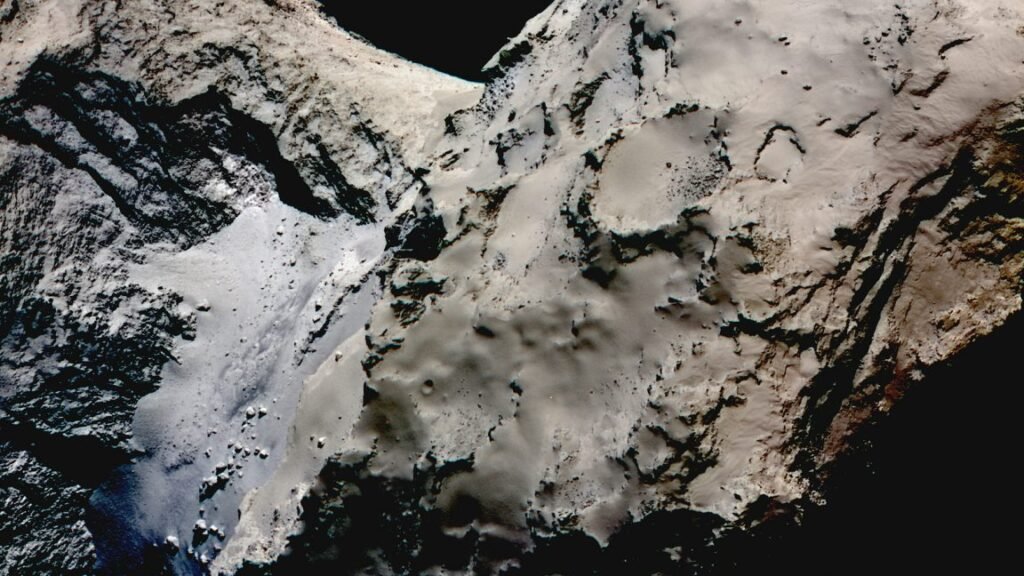In summary, the Independent Review Team’s work is done, and it has begun to brief NASA officials. A final decision will then be made by NASA’s senior leadership.
What happens now
In preparation for Artemis II, the Orion spacecraft underwent thermal and vacuum testing this year before it will be stacked onto the Space Launch System rocket. Initially, NASA planned to begin the stacking process this month but ultimately delayed this until there was clarity on the heat shield question. The shield is already attached to the spacecraft.
Most people Ars spoke to believe NASA will likely fly with the heat shield as is. Sources have indicated that NASA engineers believe the best way to preserve the heat shield during Artemis II is by changing its trajectory through Earth’s atmosphere.

The inspector general’s report May 1 included new images of Orion’s heat shield.
Credit:
NASA Inspector General
During Artemis I, the spacecraft followed a “skip” reentry profile, in which Orion dipped into the atmosphere, skipped back into space, and then made a final descent into the atmosphere. This allowed for precise control over Orion’s splashdown location and reduced g-forces on the vehicle. There are other options, including a ballistic reentry, with a steeper trajectory that is harder on the crew in terms of gravitational forces, and a direct reentry, which involves a miniature skip.
A steeper trajectory would allow Orion’s heat shield to be exposed to atmospheric heating and air resistance for a shorter period of time. NASA engineers believe that the cracking issues observed during Artemis I were due to the duration of exposure to atmospheric heating. So less time—theoretically—means that there would be less damage observed during the reentry of Orion during Artemis II.
Why this will be difficult
Theoretically, of course, Orion’s heat shield was supposed to perform nominally in response to the skip entry profile during Artemis I. Assessing the performance of the vehicle’s heat shield was one of the main objectives of that uncrewed spaceflight, to ensure its safety before putting astronauts on board the vehicle.
While the heat shield performed its function—a crew inside the Orion vehicle would have been fine—it sustained significantly more damage than NASA’s engineers anticipated. That’s why they’ve spent the better part of two years studying the issue, and it is why NASA has already delayed Artemis II from this year into September 2025.




